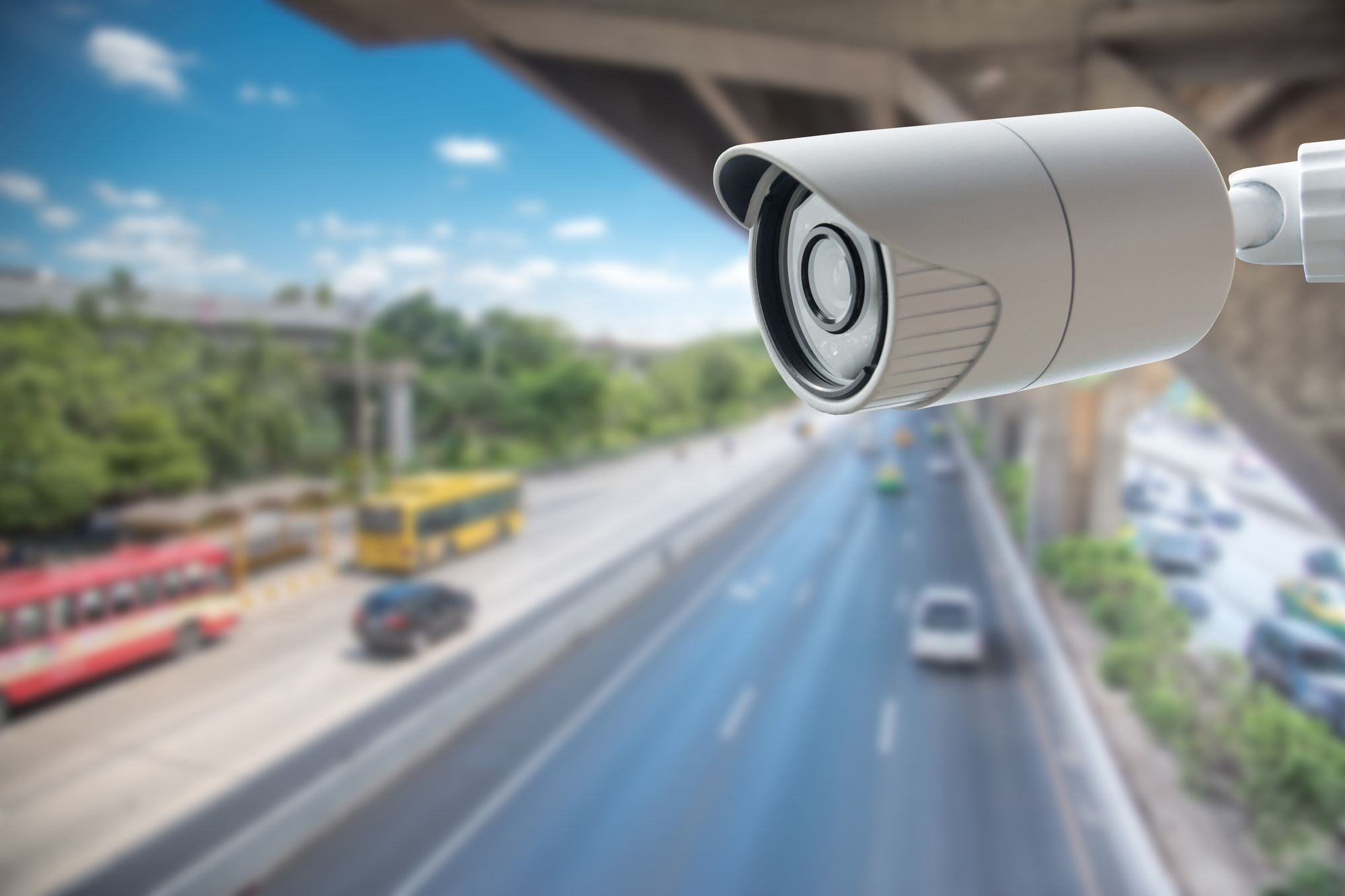
The District’s speed camera revenues have increased substantially over time as the program has been fully rolled out and expanded, and AAA and many motorists complain that their placement and fine levels have more to do with generating revenue than saving lives. Automated traffic enforcement measures like speed cameras and red-light cameras are can generate a lot of revenue to city governments with little effort after the initial installation. Automated cameras can also help reduce racially biased enforcement and provide consistent enforcement in areas where it may be impractical or unsafe for police officers to monitor a location in person.ĭespite the safety benefits of speed cameras, however, speed cameras remain controversial in D.C., as some drivers-and at least one councilmember-have questioned whether the fines are too high. Research shows that speed cameras are an important tool to reduce crashes and traffic fatalities, especially as a complement to underlying road design improvements, and neighborhood residents frequently request them to slow traffic in dangerous areas. has a complicated relationship with speed cameras. The NPS and the Federal Highway Administration awarded the $161 million contract - one of the largest infrastructure investments funded by the 2020 Great American Outdoor Act - in December.D.C.


#TRAFFIC CAMERA WASHINGTON DC DRIVERS#
The northern stretch is the busiest on the parkway, serving 26 million drivers annually. The George Washington Parkway carries about 70,000 drivers daily. “We don’t envision heavy impact - lots of infrastructure, in terms of huge signs - that’s not what the parks and parkways are about, but yes, it is feasible, it is possible to do it in a sensitive kind of way,” Cuvelier said. While a traffic-monitoring camera system would require additional funding, Cuvelier said the park service is open to the installation along the roadways of the scenic park, that includes trails along the Potomac River. Route 123 interchange, repairing stormwater management systems, and lengthening entrance and exit lanes at some interchanges. It includes replacing the asphalt pavement and roadway drainage system, redesigning portions of the Va. The upcoming project, expected to begin this summer, is the first major rehabilitation project since the parkway was completed 60 years ago. “Some of the safety features we’re bringing in … stonewall and guardrail replacement - reflect that.” “Whenever we’re building a road in a park, we want to be sensitive to the original design, and adapt it for modern use,” said Cuvelier. “We can move in that direction.”Ĭuvelier said the project will place infrastructure that would house utility cables required to support traffic cameras along the route. “What this project will do is put us one step closer to that,” said Charles Cuvelier, G.W. Ground was broken for the project on Monday. WTOP has learned that an upcoming major rehabilitation of the George Washington Parkway’s northern section will lay the groundwork - literally - for live traffic cameras along a 7-mile stretch of the roadway running from the Capital Beltway to Spout Run.

region are equipped with traffic monitoring cameras, most roads maintained by the National Park Service, including the George Washington Parkway, Clara Barton Parkway, Suitland Parkway and Rock Creek Parkway, lack them. While many major commuter routes in Virginia and across the D.C. (WTOP/Dave Dildine)(WTOP/Dave Dildine)Real-time traffic cameras help drivers know what traffic conditions are like before they start a trip - and are a tool that helps WTOP Traffic provide information drivers need. This is a WTOP file photo of the George Washington Memorial Parkway, commonly called the GW Parkway.


 0 kommentar(er)
0 kommentar(er)
